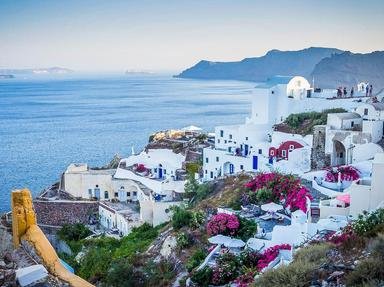Quiz Answer Key and Fun Facts
1. We will start our tour of Baltic cities from the magnificent metropolis of St. Petersburg. On which river does the former capital of Russia lie?
2. Once known as Königsberg, Kaliningrad is the administrative centre of Kaliningrad Oblast, one of the 85 federal subjects of Russia. What is this region's peculiarity?
3. Which influential 20th-century personality is associated with the Polish port city of Gdańsk?
4. The Hanseatic city of Rostock is the largest city in which German federal state - formerly a part of East Germany - whose name might sound familiar to dog lovers?
5. The medieval Swedish city of Visby, once a very important trade centre in the Baltic region, is located on which of these islands, with a name reminiscent of an ancient Germanic people?
6. Sweden's capital of Stockholm is one of the most populous cities in the Baltic region. Which of these facts about Stockholm is true?
7. The oldest city and former capital of Finland, Turku is officially bilingual. What other language besides Finnish is spoken by about 5% of its population?
8. Which of these "T" cities - one of the major urban centres in the Baltic region - has become an information technology hub in the past 20 years?
9. Riga, Latvia's capital, is another Baltic city with an interesting history. What of the following facts about Riga is NOT true?
10. Klaipėda is Lithuania's most important port. North of it lies the seaside resort of Palanga, where a museum can be visited - dedicated to which gemstone of organic origin?
Source: Author
LadyNym
This quiz was reviewed by FunTrivia editor
agony before going online.
Any errors found in FunTrivia content are routinely corrected through our feedback system.
